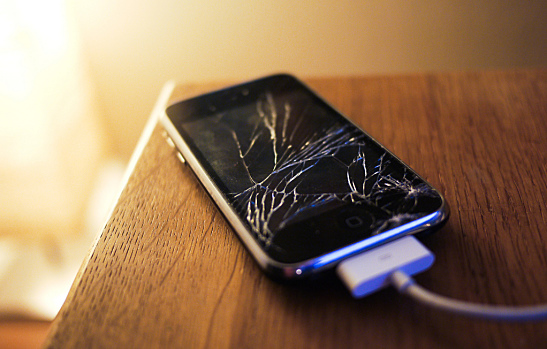Apple filed a new patent this week for an unprecedented technology that will sense when a phone has been dropped, and then shift the center of gravity of the falling iPhone to keep it from landing on sensitive areas, Apple Insider reports. Users often take precautions to make sure their fragile devices aren’t seriously damaged upon impact, including buying hard cases and warranties. Now, Apple’s own technology may actually assist customers in lowering the chances of iPhone damage.
Sensor Systems
According to Apple Insider, sensors monitor the device’s positioning and activity. In split-second real-time, “Sensors and [the] processor work together to measure speed of descent, time to impact, orientation, and other metrics.” This will engage mechanical elements to change the phone’s rotational axis so the device has a greater chance of landing on one of its more durable surfaces, like the back or a side.
Apple calls this mechanical element a “motor with eccentric mass,” and Apple experts point out that it’s not a lot different from the existing vibration motor that helps notify users of texts and calls when the phone is set on silent.
Geo-position Monitoring
Apple’s new protection system relies on a sophisticated set of monitoring elements that analyze location data samples and contrast them to determine whether a phone is in free fall. Some iPhones already include these gyroscopes and other sensor technologies, even though they’re not programmed for this new function. For example, models after the iPhone 4 include a gyroscope, often used as part of a fitness tracking system.
An Engineering Choice
Fortune reports that the sensors and mechanical motor process wasn’t the only choice available to engineers. Apple technicians had also suggested pressurized gas canisters, built-in springs that pop out on impact, a battery ejector, and mechanical elements that “grip” headphones or power cords. Apple engineers chose the option that already had some building blocks in place.
According to Apple Insider, the iPhone 6 and 6 Plus do not have the correct oscillating motors for the newly patented technology, but “previous models did, meaning the patent could easily be worked in to an upcoming variant.”
Would you trust Apple’s newest patent to protect your falling iPhone?
Image courtesy of Flickr
[cf]skyword_tracking_tag[/cf]

